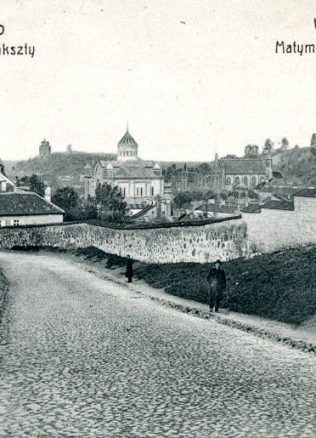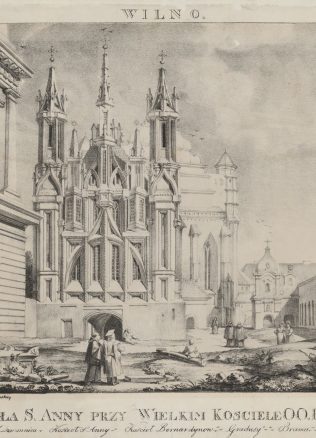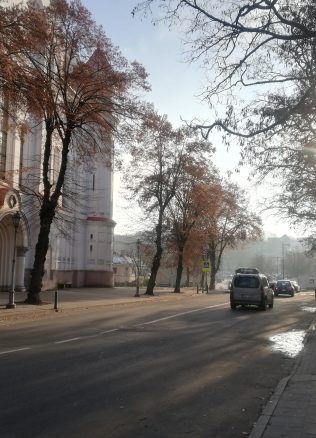The Wet Gate
In the early 16th century, when the Grand Duchy of Lithuania was facing a growing military threat from Muscovites and Crimean Tatars, King Alexander Jagiellon granted residents of Vilnius a royal privilege to fortify the city with a defensive wall to repel the potential attackers.
According to the privilege, the wall should feature five gates, all leading to the most important cities. However, this plan was altered in accordance with the demands of everyday life. The Wet Gate or the Gate of Mary Magdalene had no turrets, no defensive features, and looked much more like a simple hole in the wall, as it was built for a local residents to easier access the western suburbs of the city.
According to archaeologists who had spent years examining the remains of the city wall, the Wet Gate stood where nowadays Grand Hotel Kempinski meets the former De Reus Palace (Universiteto St. 10), next to the Presidential Palace. Its history is fairly short. Built sometime in the middle of the 16th century, the Wet Gate was walled up in 1677, when the Vilnius magistrate decided to fortify the weakest links in the wall. It remained unused until the early 19th century when the Russian tsar ordered an almost complete destruction of the wall.
Learn more about the history of the Wet Gate of Vilnius by clicking on this link.



